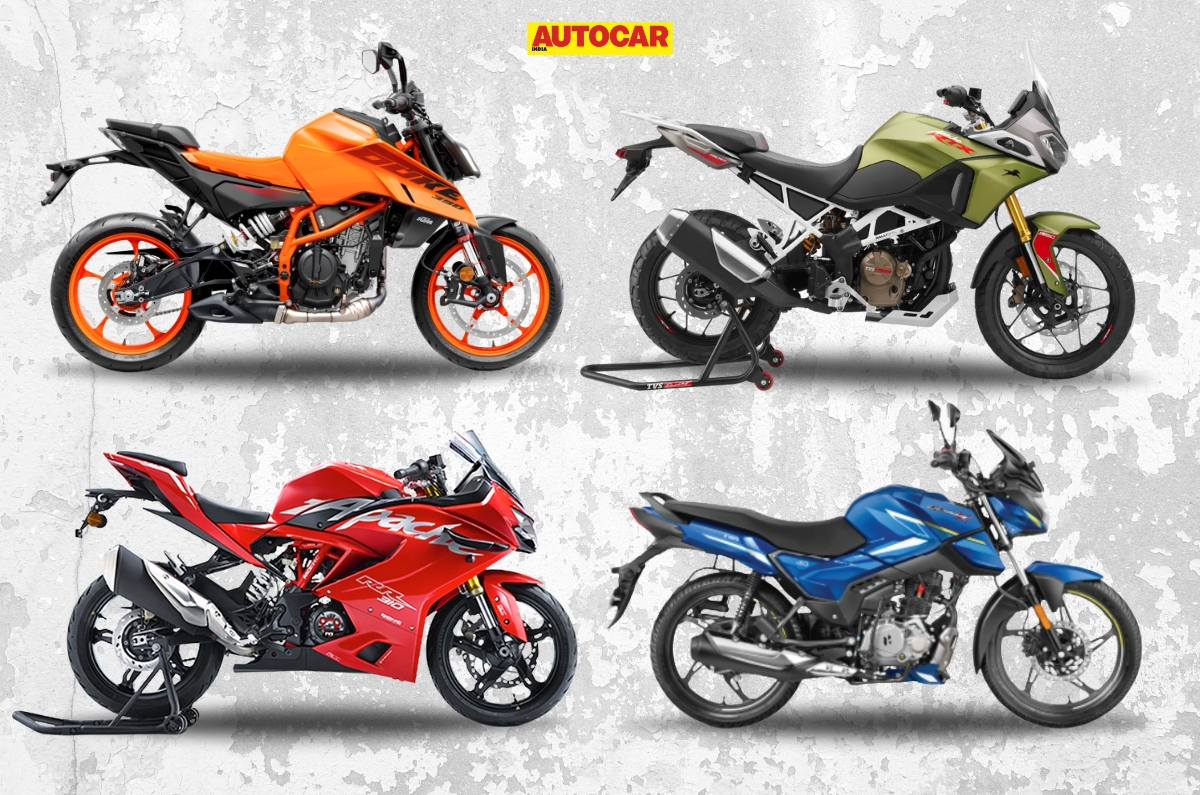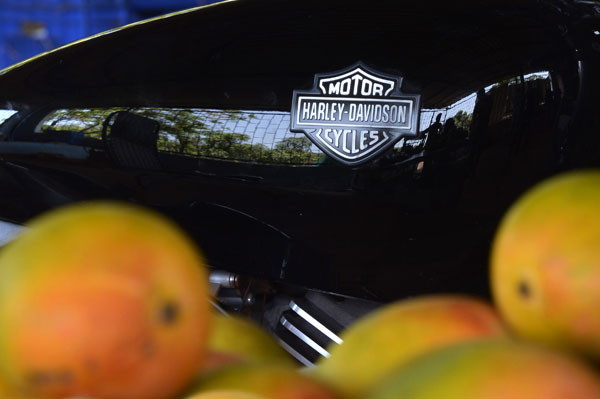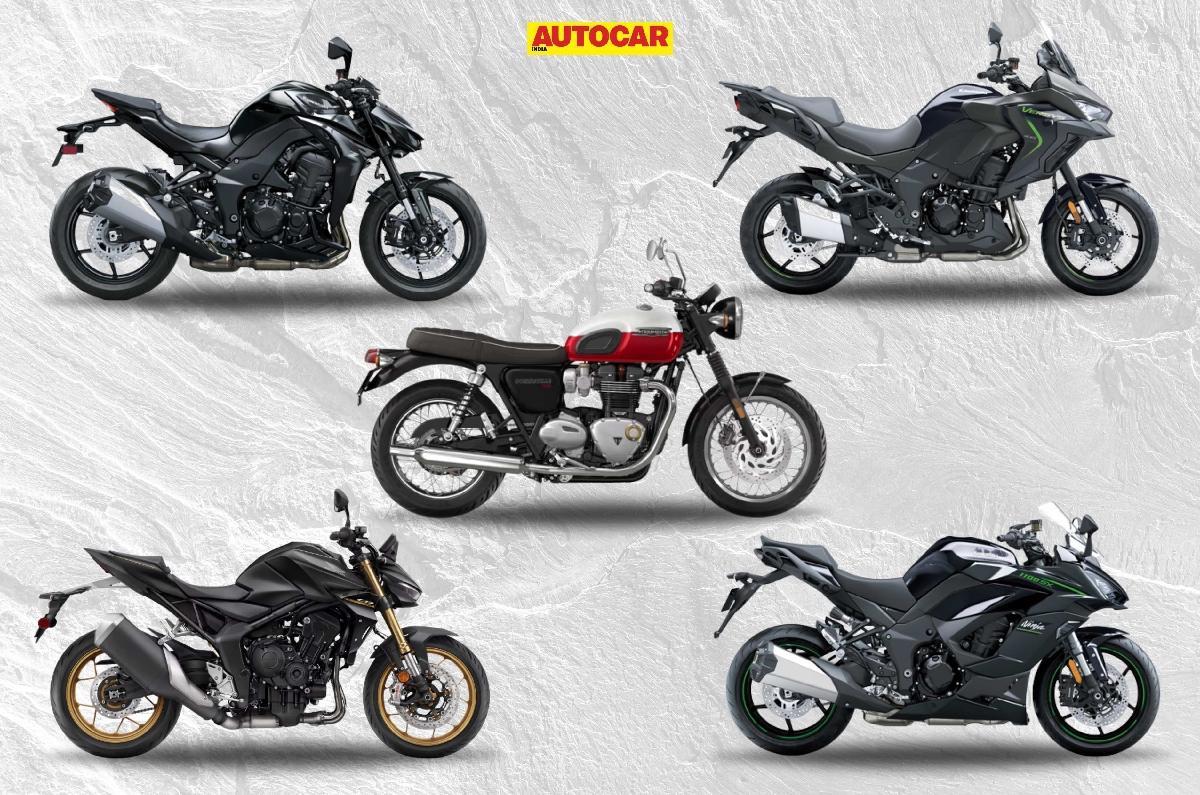There is this belief among many that motorcycle racing doesn’t require the fitness, skill, or experience a ‘normal’ sport does. And for some strange reason, those outside the world of motorcycling seem to the think that motorcycle racing just isn’t as hard as a conventional sport. While I knew this was far from true, many of my friends and family who called me to wish me luck as I boarded my flight to Chennai didn’t. The majority of the calls I got included advice that were more or less “just accelerate as hard as you can and you will qualify”, and every time I heard it, I only wished it was that simple.
My reason for heading to the Madras Motor Race Track was the TVS Young Media Racer Programme I was going to be attending. Now in its third season, the programme – as the name suggests – gives auto journalists an opportunity to experience the thrills and spills of racing directly from the seat of a race bike, rather than reporting about it from a grandstand. This year there were participants from print and online media houses. The first season only had invitees from print, while the second only had members of the online media. Speaking of previous seasons, my colleague Rishaad Mody dominated the first one and took home the championship… so, no pressure then!

While I knew I was lacking a lot that was required to be quick around the track, I wasn’t down on confidence. And that was mainly because I couldn’t take a race as selective as one for only media personnel very seriously, especially when it was open to only riders below the age of 30. It couldn’t be that difficult to crack, could it? This was no Isle of Man TT or MotoGP or even a national-level outing for that matter. Well… more on that later.
I did want to be a little competitive – it was racing after all – but I was more focused on learning and gaining experience. Luckily for me, TVS had similar ideas. Our day began with a classroom session where we were introduced to TVS’ star road racers – Jagan Kumar, KY Ahmad and Harry Sylvester.

Harry was in charge of the theory sessions, while Jagan and Ahmad were in their leathers to teach show us around the track. We began with the basics, where Harry taught us the race flags and rules of the track. The flags are the only means of communication during an outing, which is what makes them serious business. If you are curious, the more important flags are the chequered, red, yellow, green and black flags. Chequered is the obvious one, whereas a red flag means there has been a serious incident on the track and all participants must return to the pit lane immediately at a controlled speed. The yellow flag stands for caution and riders are expected to drop pace considerably as there could be a hazard ahead, typically an accident or an oil spill. There is no overtaking under a yellow flag, and you can only do so once you have passed a green flag, which means all is clear ahead and racing can resume. The black flag, meanwhile, is the most dreaded, because it signals disqualification due to disciplinary reasons. This is one flag we absolutely don’t want to see.

We then quickly moved on to more fun stuff like throttle control, braking, body position and the racing line. Harry couldn’t stress enough how important it was to keep the keep rider inputs smooth, as any jerky throttle, brake or steering input could upset the balance of the bike and possibly lead to a crash. As soon as he was done explaining the basics, he signalled that it was time to suit up as it was time to practice everything we had learnt.
TVS had lined up its race-spec Apache RTR 200 4Vs for us that day. These bikes are close to stock but have a racing exhaust with an ECU remap to match. Purely intended for the track, the RTRs were also barred from carrying ‘unnecessary’ components that would add weight and lower performance – including the turn indicators, stands and more. Our instructors, meanwhile, would lead us on the very cool Apache RR 310 Cup race bikes.

As soon as you get on the RTR 200 race bike, you realise it feels different from the normal road bike. It’s loud and idles abnormally high, but it doesn’t feel intimidating. Divided into groups of five, we followed our instructor around the track while he pointed out to the turn-in markers they had set up around the track. These markers, in TVS’ words, were set up so that they could ‘spoon-feed us into getting the better times later that day’. We then did 5-6 laps, where each of us got an individual lap behind the instructor and were guided on each turn.
As it got closer to noon, we headed for the final practice session before we went out for qualifying. This is when the heat and my lack of fitness began taking its toll. I was getting tired and so were the many others present there. Our instructors warned us not to completely exhaust ourselves before qualifying, but the track time we were getting was so enjoyable, none of us wished to come into the pits.

It was time for the selection round and it had come sooner than I had liked. It was my first time riding at MMRT and I was still dreading taking on the tricky C10-C11. But, it was time to give it my best. I don’t remember much from these laps aside from focusing more than I have ever before and trying not to repeat my mistakes. While every lap of mine had a disappointing time, it was consistently dropping. My first lap was a 2:44.57, which then went down to 2:42.32 and then to 2:40.32; this meant I was going two seconds faster every lap around. Unfortunately, though, I had run out of laps.
The fastest lap that day was close to 2 minutes 25 seconds, making me an embarrassing 15 seconds slower than the rider who took pole position. But, I wasn’t upset as I was there to learn and gain track time. Of the 18 participants, I was the 10th fastest and I had made the top 15 cut to be eligible to race at the TVS YMRP. The actual racing starts in June, and I can hardly wait!














.jpg?w=728&q=75)






















